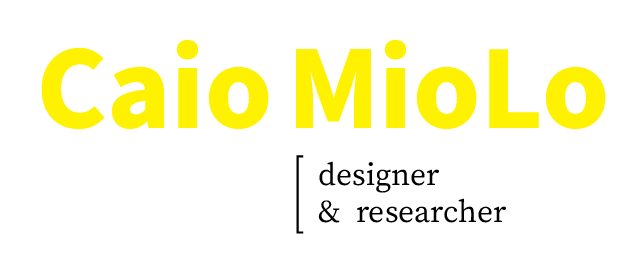Project goal
__
__
The program "Transforming my Service" brought together a Design Research group from the Unisinos University (SeedingLAB), SEBRAE and 10 small businesses’ owners that were interested in applying service design. SEBRAE is a national institution that acts locally to support the development of brazilian micro and small businesses.
The program took place in two stages: (1) 3-day Design Sprint event: the first day focused on "Understand"; the second day in "Ideate" and "Decide"; and the last one for "Prototype" and "Test". For each stage, different techniques were explored, such as: Critical Incident, Actors Map, Personas, Headline of the Future, Persona, Blue Print, Lego Prototype, among others. (2) The second stage of the program was monitoring and mentoring designers with small and micro companies, to support the implementation of the ideas conceived during the Design Sprint and to "Test" again them more assertively. These mentorships lasted 4 months, over weekly meetings.
Project duration:
March to August 2015.
My role
__
__
My role in the program was primarily in the creation of graphic materials, conception and design of the tools explored, as a mentor during the Design Sprint and following the implementation of the new service planned by one of the companies, Aspin.
The implementation (second stage)
__
__
During the process of implementing the idea conceived in Design Sprint, the micro-company Aspin developed 3 prototypes of the service, firstly a low-complexity prototype, followed by a medium and finally a high-complexity one.
The configured service was named ONDOCS+, a collaborative platform between customers that allows them to generate their own process documentation; that carry out fast and efficient search for problem solving; that they share knowledge efficiently, so that it is visible to all other Aspin customers how to solve a particular problem a company encounters; that enables customers to support other customers as well; and, finally, that allows the creation of a permanent knowledge base (documentation).
Conclusion
_
_
As final results, Aspin representatives indicated that the process of developing a new service through service design, using the construction of prototypes, made it possible to increase the level of participation of the team and employees, which were not previously included in the process. It was also found that the prototypes provided moments of testing and adjustments throughout the entire process, in a way that made it possible to streamline the visualization and, therefore, the conceptualized decisions about the new service.
The construction of prototypes was also understood as a way to value the opinions of colleagues and customers, in addition to valuing each person who contributed, as they were able to perceive their role in the process. Regarding the mentor (me), Aspin members identified him as a motivating actor and one of the coordinators of the process of building the new service.
My main learning experience in the process was figuring out how to explore design thinking tools, as well as supporting implementation as a mentor. In addition, I could also see the importance of developing different prototypes and testing them along the way.
